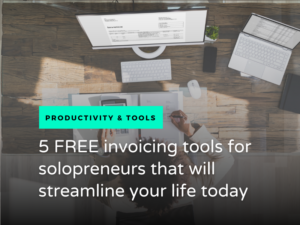So you’re ready to start email marketing. You go into Gmail, export all your contacts, and import them to your email service provider. This is going to be easy!
Um, not so fast.
You need consent to email people.
Sending out an email blast to all your contacts is a great way to kill your newsletter before it gets off the ground. First of all, it’s illegal according to some international regulations, and can cost you thousands of dollars if you get caught.
Secondly, it can cause loads of trouble with your email marketing platform. If you send an unsolicited email to 1,000 people, and just five of them mark it as spam, it can mess up your deliverability rate for months. And even worse, your email service might decide you’re a spam-machine and suspend your account.
But the most important reason not to email people without their consent is a simple one: it’s terrible for business.
Did you ever receive a newsletter you didn’t subscribe to? I sure have—unfortunately it’s still pretty common, even with all the laws. And while I’m too nice to mark them as spam, I do immediately unsubscribe, delete, and even sometimes block the sender. I’m certainly less likely to hire them, buy from them, donate to their cause, or refer them to other people.
Adding people to your email list without explicit consent is terrible practice because it kills your relationship with potential clients. Remember: email marketing isn’t about how many email addresses you have on your list—it’s about the personal connections you’re forging with your people.
The legalities of getting consent
Disclaimer: I am not a lawyer. For actual legal advice, check out Mariam Tsaturyan (affiliate link) for everything you have to know about being a legal entrepreneur.
They may have emailed you in the past about your product or service—they may even have downloaded your freebie!—but that doesn’t mean they opted-in to receive your newsletter.
Let’s look at the two main laws about emails and user data before going into the tech details of setting up a proper newsletter opt-in.
The CAN-SPAM Act is an American law that addresses all promotional emails. It doesn’t require you to have formal opt-ins from your subscribers, however if they haven’t opted in, you must *clearly identify the email as an advertisement.*
The GDPR (General Data Protection Regulation) is an EU regulation that covers the collection and processing of individuals’ personal information. While GDPR doesn’t require consent for all types of data processing, you do need consent to store email addresses in order to send them promotional emails.
According to the GDPR, consent must be “freely given, specific, informed and unambiguous.”
This means you need to receive consent before adding someone to your database, and it needs to be very clear to your subscribers that they’ll be joining your newsletter when they sign up. You also need to keep records showing that your subscribers actively opted in.
How to get consent on opt-in forms
Every email service provider offers features for GDPR compliance. The standard features are checkboxes for marketing permissions and a link to your privacy policy. More advanced features are sandwich pages and double opt-ins to make sure every subscriber on your list actually wants to be there.
If you need help with your privacy policy or any other legal aspects, look around at the Entrepreneur Legal Corner. (This is an affiliate link.) She has lots of free and paid legal resources for bloggers and online business owners, including done-for-you privacy policies, guides to compliance, and more.
How to get your existing contacts onto your email list
Firstly, let’s discuss why people should want to join your newsletter in the first place.
Always make sure your content is valuable and relevant to your subscribers. Email marketing is not a numbers game; it’s about finding the people who need what you’re selling, and talking directly to them.
You should also create a great lead magnet that will entice people to sign up. (Remember to include the GDPR fields!)
Now, there are a few ways to get your existing contacts onto your list without resorting to illegal and spammy methods:
- Add a compelling link to your newsletter signup in your email signature, so anyone who gets an email from you will see the link and sign up if they’re interested in your topic.
- Send a mass email via BCC to all your friends, colleagues, and previous clients letting them know you’ve started an email newsletter, what you’ll be talking about, and why you think it would be helpful to them.
- Build actual relationships. Go through your contacts and pick out anyone who you think would be a good fit for your content. Then email them personally letting them know about your new venture and inviting them to subscribe to your newsletter.
It doesn’t matter what method you choose to invite your email contacts to subscribe to your newsletter, as long as you don’t add them yourself.
I hope this clears things up for you about getting started on the right foot with email marketing consent.
Are you looking for more information about building your email list? Check out Mailing List Quickstart, my step-by-step guide to getting your newsletter set up in under 3 hours.





